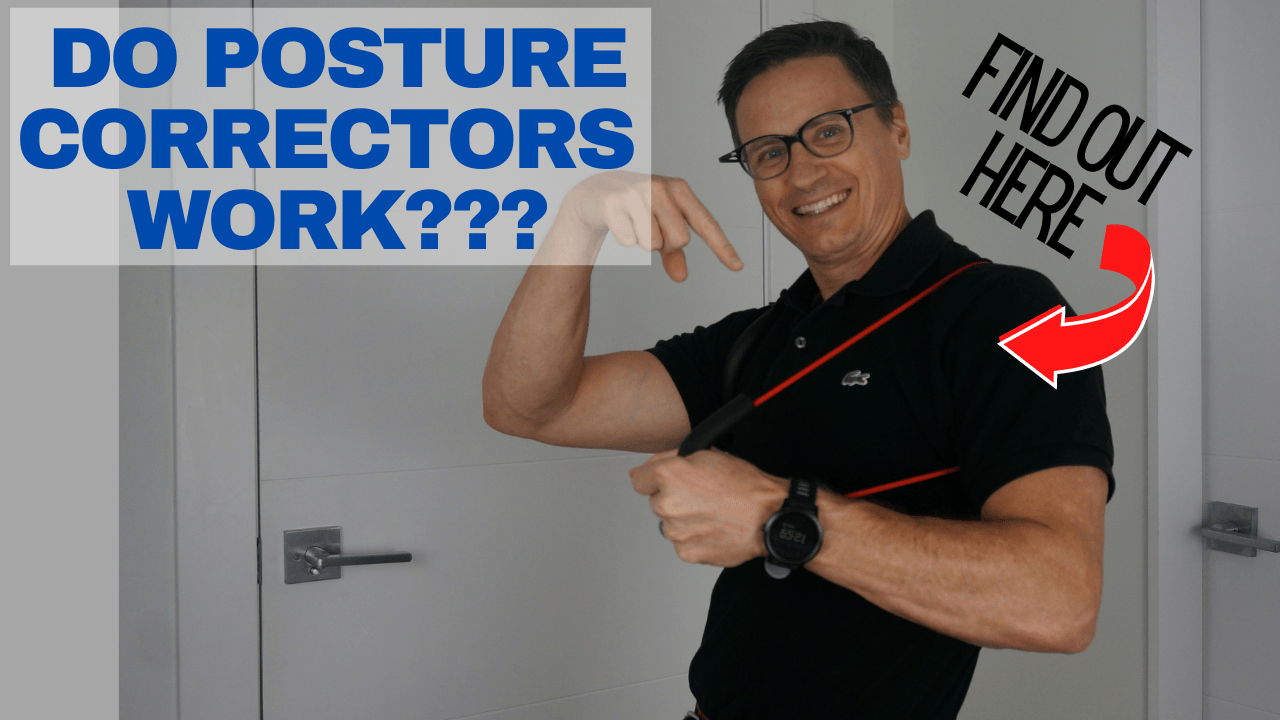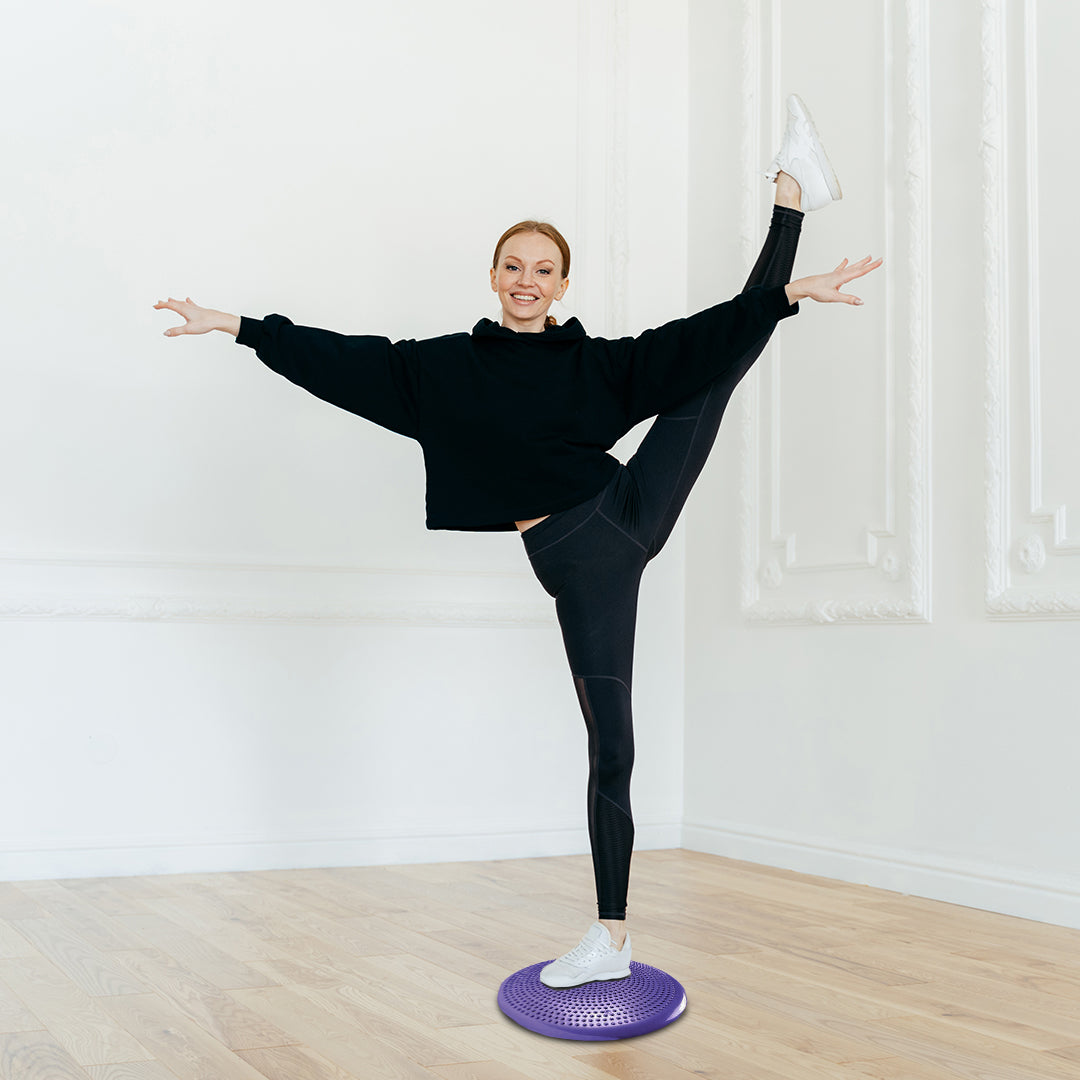Introduction
It is common for us to overlook the importance of excellent posture in our everyday hectic life. Many of us find ourselves slouching or hunching over without even realising it, whether it's because of long hours at the office, continuous smartphone use, or just the pressures of modern life. As a result, posture correctors—devices made to assist us in achieving and maintaining good posture—have become more and more popular. Still, it's unclear if posture correctors are actually beneficial to you.

What is Posture Correctors?
There are several types of posture correctors, ranging from basic braces to sophisticated wearable technology. Their main objective is to support the shoulders and spine in order to promote a more erect and natural posture. Even though they could appear to be a quick solution to the age-old issue of slouching, it's important to weigh the advantages and potential disadvantages before choosing if they're the best course of action for you.
Dispelling Often Held Myths
Posture Correctors Weaken Muscles:
The idea that posture correctors damage the muscles that promote proper posture is one of the most persistent fallacies about them. On the other hand, posture correctors can really strengthen the back and core muscles when used as intended and in moderation. They offer assistance during the retraining procedure so that the muscles may progressively adjust to the proper posture.
Posture Correctors Are a Quick Fix:
Some people think that by wearing a posture corrector on its own, their posture would instantly improve. But it's crucial to realise that correcting your posture is a continuous process that calls for constant work. Although they are a useful tool, posture correctors should be used in conjunction with workouts and a change in lifestyle for long-term results.
The Advantages
Postural Improvement:
The capacity of posture correctors to improve posture is by far their most evident advantage. These gadgets can help prevent long-term problems connected with bad posture and lessen the strain on the spine by gently reminding the user to sit or stand up straight.
Discomfort Relief:
Bad posture is a common cause of back and neck discomfort in many people. Posture correctors can ease this pain by redistributing the weight in the right places and relieving pressure on particular muscles.
Enhanced Awareness:
People who wear posture correctors are more aware of how their bodies are aligned. Even when the gadget is not being used, over time, this greater awareness may encourage the development of better postural habits.
The Drawbacks
Dependency Issues:
The possibility of users growing dependent on posture correctors is a frequent critique of them. It may be more difficult for naturally occurring muscle strength and stability to develop if one depends on a gadget to keep proper posture.
Income and Limitation:
When wearing posture correctors, some users experience pain or a feeling of confinement. Because of this, they might not be suitable for prolonged usage, particularly for people who lead active lives.
Not So Appropriate Solution:
Not everyone may benefit from posture correctors. Before making an investment in a posture-correcting device, one should take into account various factors, including the individual's body type, specific posture concerns, and general health.
Conclusion
In the end, a person's usage of posture correctors will determine how effective they are. Though they are not a universally applicable solution, they can be useful instruments in encouraging improved posture and reducing discomfort. A comprehensive strategy for improving posture must include workouts that target the core muscles, maintaining ergonomic workstations, and paying attention to body alignment.
It's best to speak with a medical expert or physical therapist before deciding on a posture corrector to make sure it meets your unique needs. Recall that developing and maintaining proper posture is a gradual process that calls for a mix of lifestyle modifications and, occasionally, the prudent use of supportive devices.





